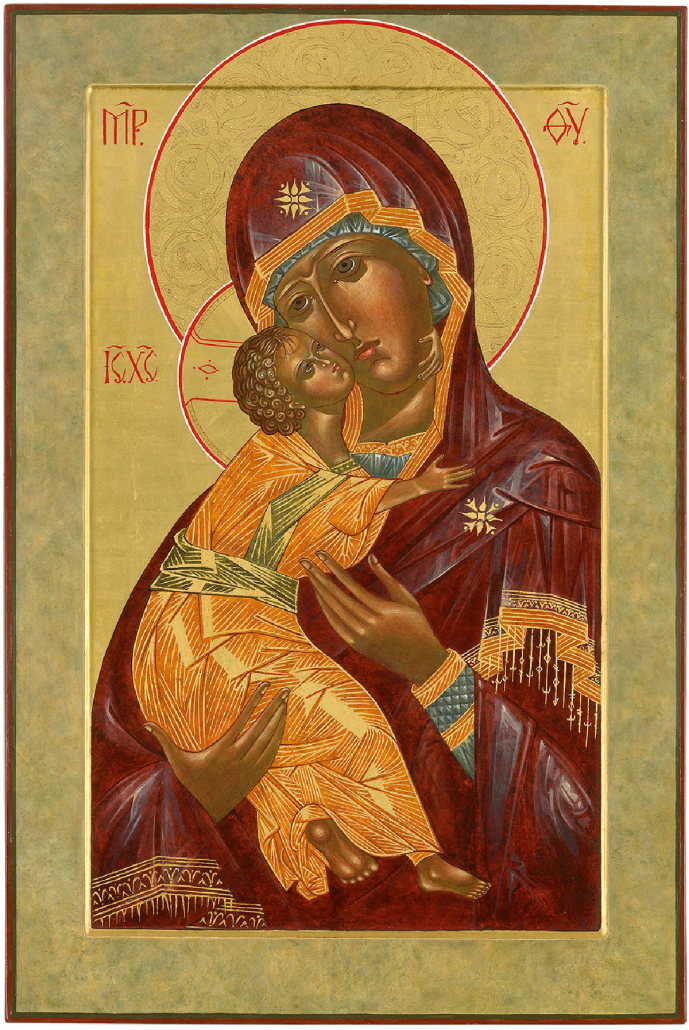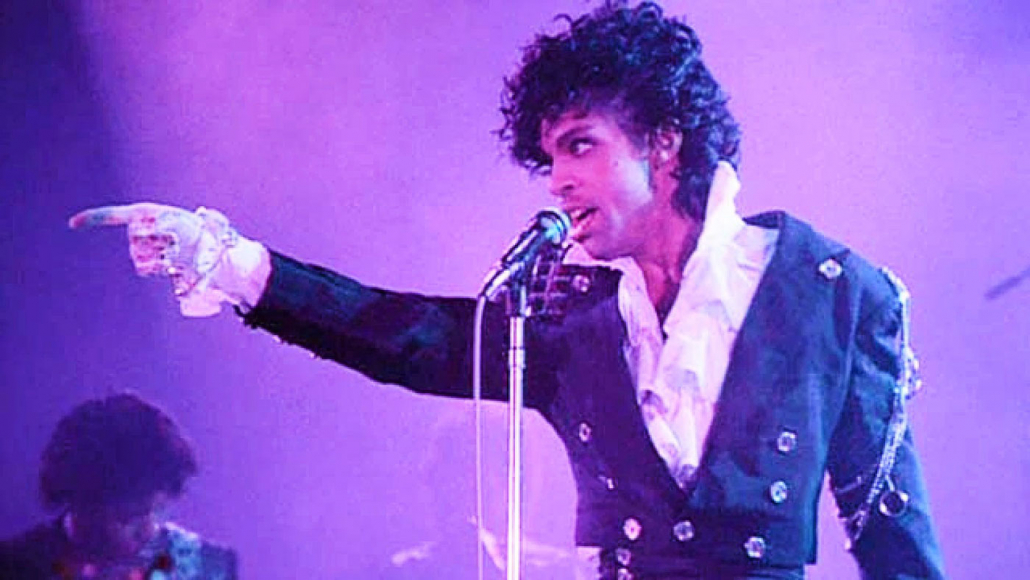Image: Prince (1958-2016).
In 1993, the artist born Prince Nelson Rogers changed his name to an unpronounceable symbol and announced that he was no longer to be referred to as Prince, but as the Artist Formerly Known as Prince.
‘The wind blows where it will …’
Bible study prepared by Andrew
March 2023.
Sunday March 5, 12-1pm.
See conversation notes below.
Thursday March 9, 7-8.30pm.
All welcome. At the manse or via Zoom.
Join Zoom Meeting
Meeting ID: 858 1336 0721
Passcode: 032351
Reading: John 3:1-17.
Key texts: Genesis 1:31, Numbers 21:4-9.
Themes: wind/breath/Spirit … rebirth … salvation of the world/cosmos … serpents, pharmakon (remedy/poison) …
“As believers, we are summoned to respectful curiosity, to ongoing conversion … in the context of a sublime assertion of divine love (John 3:16). All this, of course, is signified in baptism … never a mere ritual but incorporation of children into a spirit-filled community” (Andrew Collis).
Salvation?
ALISON: Jesus calls attention to wind and breath, to lived experience in the world, in the spirit-filled world God loves.
What is this salvation?
ANDREW: The text recalls Genesis 1 and God’s declaring all creation good. Salvation as restoration – perhaps God taking responsibility (in Christ) for suffering in the world. How does the gospel invite human participation in the restoration? How might we hear the familiar words anew? “For God so loved the world …”?
Serpents
CATHERINE: Serpents/snakes recall the story in Numbers where the raising of a bronze snake brings relief and healing to a people beset by snakes. The cure entails seeing/understanding the cause of suffering.
How does seeing the crucifixion – imperial violence, state-sanctioned violence, colonial violence – invite or initiate/activate salvation? What does believing in the Chosen/Crucified One mean in this context? Enacting solidarity with the victim/s? Resisting imperial/colonial lies/seduction?
ADRIAN: The serpent (in Hebrew, Greek and Indigenous wisdom stories) is a figure of cleverness, renewal, rebirth.
ANDREW: Is Christ some kind of serpent?
Jesus did encourage followers to be wise as serpents (Matthew 10:16).
Catherine recalled the following poem:
‘Snake’
D. H. LAWRENCE
Darkness and light
We also talked about darkness and light – dappled light … darkness as soft cover – safe, intimate … also secretive … Light as warmth, life-affirming space, illumination, insight … Nicodemus steps into the light …
‘Nicodemus’
ALISON BLEYERVEEN
When I was looking for a place to be born I was a cat
peering into cupboards,
hidden recesses,
quiet, dappled, soft
under cover of darkness.
Not for me the oh hello Uncle Arthur!
the welcome to a cast of thousands homebirth video,
the blow up paddling pool and the children agog.
And neither the hospital
bright, sterile and plain
and I might have preferred candlelight
and I might have preferred purple rain
Wisdom was there when you made
night and day, day and night.
Wisdom that deceives
and is its own antidote.
Wisdom that bites and heals.
I see, I feel, I listen and know the shame
Holy Mary, mother of God!
This giving birth, this being born!
The darkness a gift as I sigh and cry and slouch towards Bethlehem
and the Spirit groans with me in the pangs and pain
and I might have preferred candlelight
and I might have preferred purple rain
Can I bear the light of day?
And it’s here right now, whether or not.
Out of the safe, comforting watery womb,
and I am blindsided by the truth of what living might require.
And the Spirit is coursing
and the wind is blowing
and I go down into the water
and the chaos is inescapable.
And nothing will ever be the same.
and I might have preferred candlelight
and I might have preferred purple rain
The ‘Hongi’
The ‘Hongi’ is a traditional Maori greeting in New Zealand used by the Maori people. To hongi you press your nose and forehead together with the nose and forehead of the person you are greeting. Many people of Maori decent prefer to hongi, instead of shaking hands.
The origins of the hongi can be traced back in Maori folklore to the creation of humankind. The first woman created by the gods was Hineahuone, “earth formed woman” so called as she was shaped out of the earth. The god Tane embraced Hineahuone and breathed life into her nostrils.
When Māori greet one another by pressing noses, the tradition of sharing the breath of life is considered to have come directly from the gods. Through the exchange of this physical greeting, one is no longer considered manuhiri (“a visitor”) but rather tangata whenua, “one of the people of the land”.
Drawing breath
Drawing breath and wind patterns on violet Lenten prayer cards, we imagined storm clouds and purple rain …
https://www.youtube.com/watch?v=TvnYmWpD_T8
Wind and rain … being born again or from above …
“Purple Rain” is a song by American musician Prince (1958-2016) and his backing band the Revolution. It is the title track from the 1984 album of the same name, which in turn is the soundtrack album for the 1984 film of the same name starring Prince, and was released as the third single from the album. The song is a power ballad that combines rock, R&B, gospel and orchestral music.
It was the final song he performed live, taking place at the end of his final performance in Atlanta on April 14, 2016, one week before he died.
Prince explained the meaning of the song as follows: “When there’s blood in the sky… red and blue = purple. Purple rain pertains to the end of the world and being with the one you love, and letting your faith/God guide you through the purple rain.”
“Prince recorded the great majority of his music entirely on his own, playing every instrument and singing every vocal line. Many of his albums were simply credited, ‘Produced, arranged, composed and performed by Prince’. Then, performing those songs onstage, he worked as a bandleader in the polished, athletic, ecstatic tradition of James Brown, at once spontaneous and utterly precise, riveting enough to open a Grammy Awards telecast and play the Super Bowl halftime show. He would often follow a full-tilt arena concert with a late-night club show, pouring out even more music.
“On Prince’s biggest hits, he sang passionately, affectionately and playfully about sex and seduction. With deep bedroom eyes and a sly, knowing smile, he was one of pop’s ultimate flirts: a sex symbol devoted to romance and pleasure, not power or machismo. Elsewhere in his catalog were songs that addressed social issues and delved into mysticism and science fiction. He made himself a unifier of dualities – racial, sexual, musical, cultural — teasing at them in songs like ‘Controversy’ and transcending them in his career.”
https://www.nytimes.com/2016/04/22/arts/music/prince-dead.html
New birth = new consciousness
It’s the change from selfishness to love, and from a society based on selfishness to a society based on love (Ernesto Cardenal).
Lenten discipline and new beginnings
“Desert mothers and fathers went as an antidote to empire. Concerned by the post-Constantine trajectory of councils and accommodations, they went to gather on the edges, beyond the borders, as a people of story. They are known for their wisdom and storytelling that invite a pilgrimage of both body and soul, and not for their dogmatics” (Alison Bleyerveen).
“I feel a deep weariness with empire, and a deep weariness with corporation. I experience it as cognitive dissonance, confusion and grief. Practically, I feel both colonised and unwanted, unseen” (Alison Bleyerveen).
ALISON: Birth is difficult, complex. Historically, culturally, to what is the poet referring? What is prophesied?
‘The Second Coming’
WILLIAM BUTLER YEATS
Turning and turning in the widening gyre
The falcon cannot hear the falconer;
Things fall apart; the centre cannot hold;
Mere anarchy is loosed upon the world,
The blood-dimmed tide is loosed, and everywhere
The ceremony of innocence is drowned;
The best lack all conviction, while the worst
Are full of passionate intensity.
Surely some revelation is at hand;
Surely the Second Coming is at hand.
The Second Coming! Hardly are those words out
When a vast image out of Spiritus Mundi
Troubles my sight: somewhere in sands of the desert
A shape with lion body and the head of a man,
A gaze blank and pitiless as the sun,
Is moving its slow thighs, while all about it
Reel shadows of the indignant desert birds.
The darkness drops again; but now I know
That twenty centuries of stony sleep
Were vexed to nightmare by a rocking cradle,
And what rough beast, its hour come round at last,
Slouches towards Bethlehem to be born?
Theotokos
The Eleousa or Tenderness icon, in which the God Bearer (Theotokos) closely holds her young son, the Christ, is among the most well-known and beloved of icon types and resides in the nave of the church.
Leaving the narthex with its Old Testament icons to enter the nave, we encounter icons from the New Testament that teach and guide the faithful in understanding the new age after the incarnation of Christ.
Most exemplary are icons of Mary not only because she represents the pinnacle of wisdom, but also because there is a tradition among the holy fathers that the soul is feminine.
Christ says in the scriptures that “the Kingdom of God is within” (Luke 17:21) and “unless you are born from above, you cannot enter the Kingdom of Heaven” (John 3:3).
Just so, the Theotokos serves, for the Orthodox faithful, as the primary symbol of being born from above: through her we discover the Logos Spermatikos that is within each person, for it is through Mary, the God Bearer, that Christ Emmanuel, God-With-Us, enters the world.





